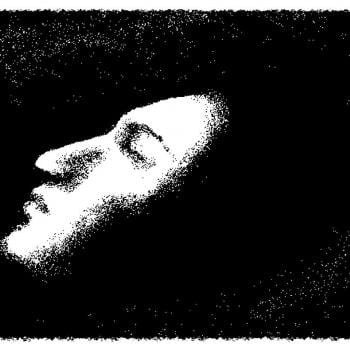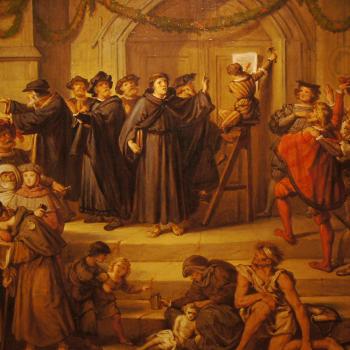- Trending:
- Pope Leo Xiv
- |
- Israel
- |
- Trump
- |
- Social Justice
- |
- Peace
- |
- Love
PATHEOS LIBRARY OF
World Faiths & Religions
Frequently Asked Questions
Why do Hindus worship images/embodied forms of divinity? Is this idolatry?
Hindus worship embodied forms of divinity because they foster a relationship with the Divine. Ultimate Reality/God, for most Hindu traditions, is believed to encompass all that exists. In other words, most Hindus hold a nondualistic view of God; there is no separation between God and Creation. Instead, God/Brahman is everything. However, it is difficult to have a relationship with Divinity if this Divinity is the totality of existence; therefore, God, out of grace, manifests as particular embodied forms (in temples, homes, etc.) so that people can easily worship and form a relationship with God. In other words, while the embodied forms that Hindus worship certainly do not exhaust God, they are believed to be particular manifestations of God for the sake of allowing devotees to form a loving relationship with God. Therefore, this worship is not idolatry because idolatry is defined as worshipping as God something that is not God. However, according to the Hindu tradition, these embodied forms of God (Sanskrit, murti) are understood to be material manifestations of the Divine itself; they are not symbols that point to the divine. Therefore, calling this form of worship idolatry is erroneous for two reasons: 1.) when Hindus worship embodied forms, they are worshipping material forms of God and not symbols of/pointers to God and 2.) the term idolatry presumes a dualistic picture of the world and implies that one is worshipping something as God, that is not God. However, most Hindu traditions (though not all) hold that everything that exists is Divine. Therefore, given this nondualistic view of the world, there technically cannot be idolatry at all.
Editor's picks See all columnists










